Telescope Buying Guide 2022
Have you recently started a journey into the stars? While there are plenty of ways to observe the night skywithout a telescope, observing the night sky through a telescope is a top bucket-list activity everyone should experience.
If you have already browsed the wide variety of telescopes we offer, you may be wondering where to start when considering which best telescope to buy. Read on to learn more about all the features of a telescope and learn which parts and telescope types are right for you!

WHAT TO KNOW BEFORE BUYING A TELESCOPE
The number one thing you should know is, what are you looking to do with the telescope? Are you interested in seeing the Moon and planets? Are you interested in imaging planets and deep space objects like galaxies and the Orion Nebula? Maybe you're interested in doing a little bit of everything.
We offer manytelescope kits that come ready for observing the night sky out of the box! If this is your first time buying a telescope, you can check out our beginner's guide onhow to use a telescope to learn more about how each part works.
Our experts are ready toanswer your questions if you need some help making choices along the way. If you're looking for more details on what you need to know when buying a telescope, read on to learn more about what parts are right for you.
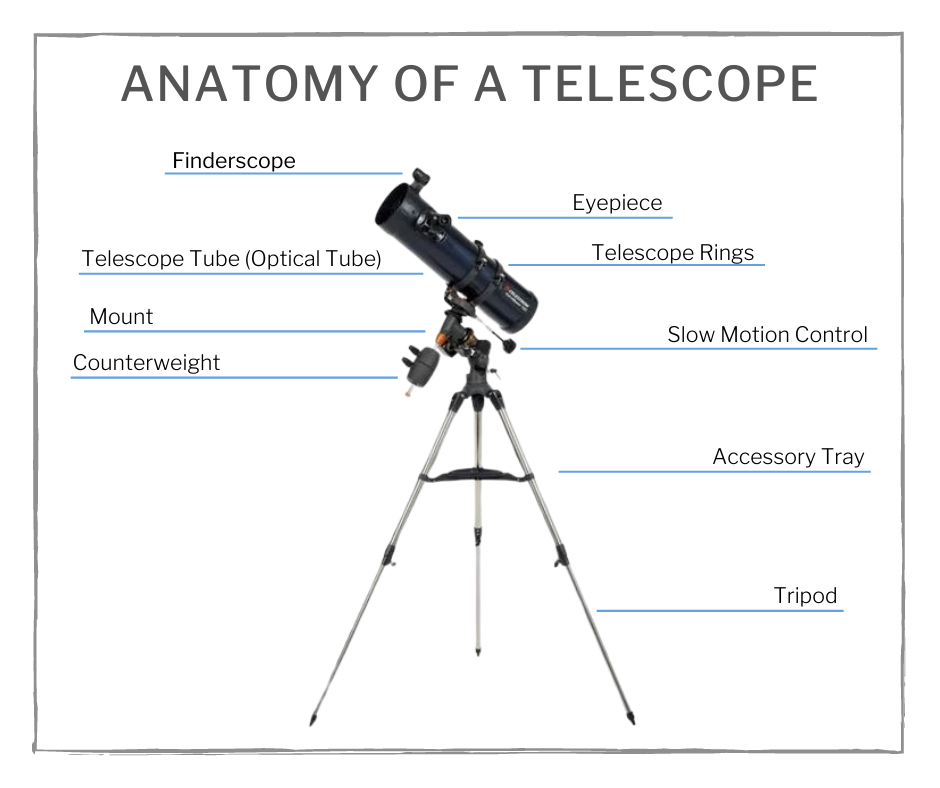
THE PARTS OF A TELESCOPE
- The Telescope Tube
- The Mount
- Eyepieces
- Accessories
BUYING A TELESCOPE OPTICAL TUBE OTA
You will find that optical tubes are often labeled as an OTA, which stands for optical tube assembly. Some OTA's are better for astrophotography, while some are better for planetary. While there are many types of telescopes, there are three main types, reflectors, refractors, and catadioptric. Reflectors use mirrors; refractors use special glass, and catadioptric use both! Check out the most common telescopes in the list below to learn more about buying a telescope.
TYPES OF TELESCOPES TO BUY
- Refractor Telescopes: most popular for deep space astrophotography.
- Achromatic: two-color wavelengths.
- Apochromatic: three-color wavelengths.
- Doublet: two-layer glass.
- Triplet: three-layer glass.
- Petzval: four-layer glass, also referred to as quadruplet.
- Reflector Telescopes: most popular for visual.
- Catadioptric Telescopes: Uses mirrors and glass, also known as cassegrian telescopes.
- Ritchey Chretien: premium telescopes, think Hubble.
- Astrograph Telescopes: astrophotography dedicated.
- Smart Telescopes: where smartphones and telescopes meet.
Now that you've learned a little more about telescopes let's look at the next important part when buying a telescope, the mount. You may hear many times in ourvideos, or read in our blogs, that the mount is the most important part of your system.
If telescopes are like the eyes of your system, the mount is the brain. Without the mount, the telescope can not function properly. Knowing what mount to buy depends on what you want to see when buying your telescope. There are two major types of mounts for astronomical telescopes: Alt-Azimuth and Equatorial.
WHY BUYING A TELESCOPE MOUNT MATTERS
To view a deep space celestial object, you must align with the motion of the object you want to see in relation to Earth's motion.
Your mount will help you track the celestial objects as it moves in the night sky. As everything in the sky is moving in space, Earth is also moving in space at its own rate. Your mount is a tool used to adjust your telescope's clear view of the object you want to see with Earth's motion and the object's motion.
TYPES OF TELESCOPE MOUNTS TO BUY
Almost all mounts are variations of two main categories: Altitude-Azimuth (Alt-Az) and equatorial. Both types of mounts can point the optical tube of your telescope around the sky, and both can function electronically to compensate for the Earth's rotation.
ALT-AZ MOUNTS
When buying a telescope mount, Altitude-Azimuth mounts are most commonly seen on Dobsonian types of telescopes. Alt-Az mounts move your telescope in an up and down motion or side to side motion.
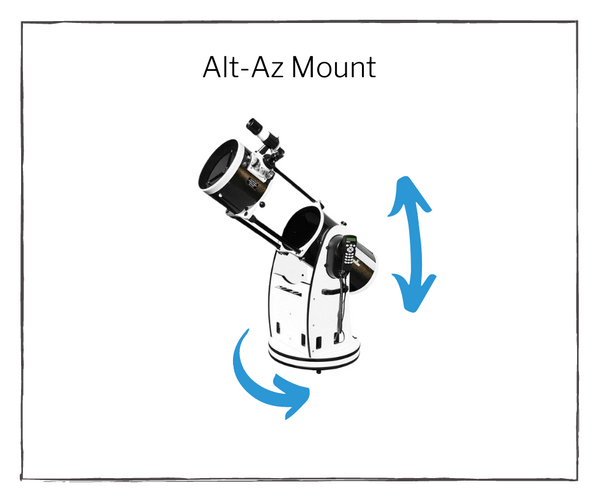
While Alt-Az mounts are ubiquitous and easy to use, they have one drawback, especially for astro-imagers looking to make long-exposure images. After a few seconds of tracking the sky, the field of view will rotate slightly as the Earth turns - even though the object you are looking at will still be centered in the eyepiece or camera frame. For short image exposures of less than a minute or using the scope visually through an eyepiece, this isn't a problem. For exposures of longer than about 5 minutes, the stars start to make small circles in the image.
EQUATORIAL MOUNTS
Equatorial mounts adapt to the Earth's rotation axis with the objects' motion in the night sky.
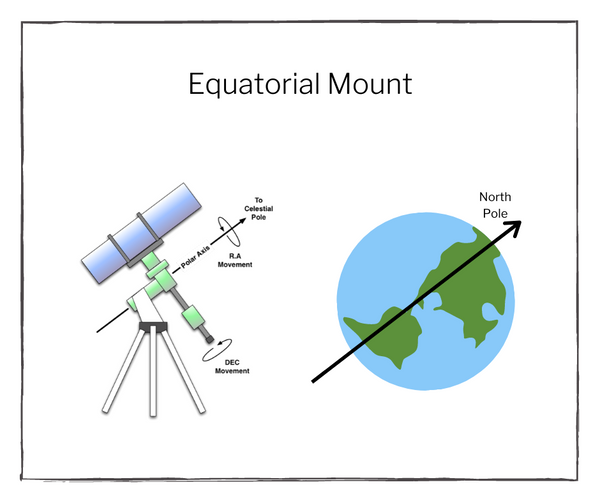
The advantage of equatorial mounts is that it eliminates field rotation and corrects the rotation of the Earth via one axis only (Alt-Az mounts require that BOTH axes be driven continuously). The disadvantage is that your mount must be aligned with the Earth's rotation axis (the North Star) to work correctly.
Examples of an equatorial mount include center-balanced equatorial mount (CEM) that have an equatorial wedge to tilt the fork arms toward the North Pole and German equatorial mounts that come with many refractors.
BUYING TELESCOPE EYEPIECES
Eyepieces are a whole venture of their own because of the amount of magnifications available to you and what you can do with them! Most telescopes include additional eyepieces to provide more details of the objects you want to see. Sometimes you might notice that some include a Barlow lens, which doubles the magnification of whatever eyepiece you attach it to.
Feeling overwhelmed with the choices available? Check out our guide put together by OPT experts on how to find the best eyepieces for you!
BUYING TELESCOPE ACCESSORIES
Welcome to the world of enhancing your telescope buying experience! If you're buying a telescope kit, most come with all the accessories you need to get started. If you are building your own setup, you may want to look into different filters, hand controllers for computerized mounts, or focusers.
Check out our list of the best telescope accessories here to get a head start.
We hope that this guide was useful in helping you get a start with buying a telescope. We proudly carry a wide variety of brands for your convenience. Please call us if you'd like some extra help!
What's your dream setup? Tell us in the comments!
3 Responses
Ted
You do a good ob in saying the mount is most important. I would also clarify the eyepiece issue. You do mention magnification, however it’s important to learn that the eyepiece is the part that does the magnifying, not the telescope. Almost no ‘newbie’ knows this.
Jose Rivas ibarra
Thanks that’s there’s a world thats open and is educated to see and know more then what I can see or know but one thing is fore shore that a community is lots of people that to me says that is a99%wright on what it been said it give me asurence I which my mother that espiritual wold belice but it’s to sad she don’t even tell me anything or comment something good IST all negative godbless the world that’s open mind it









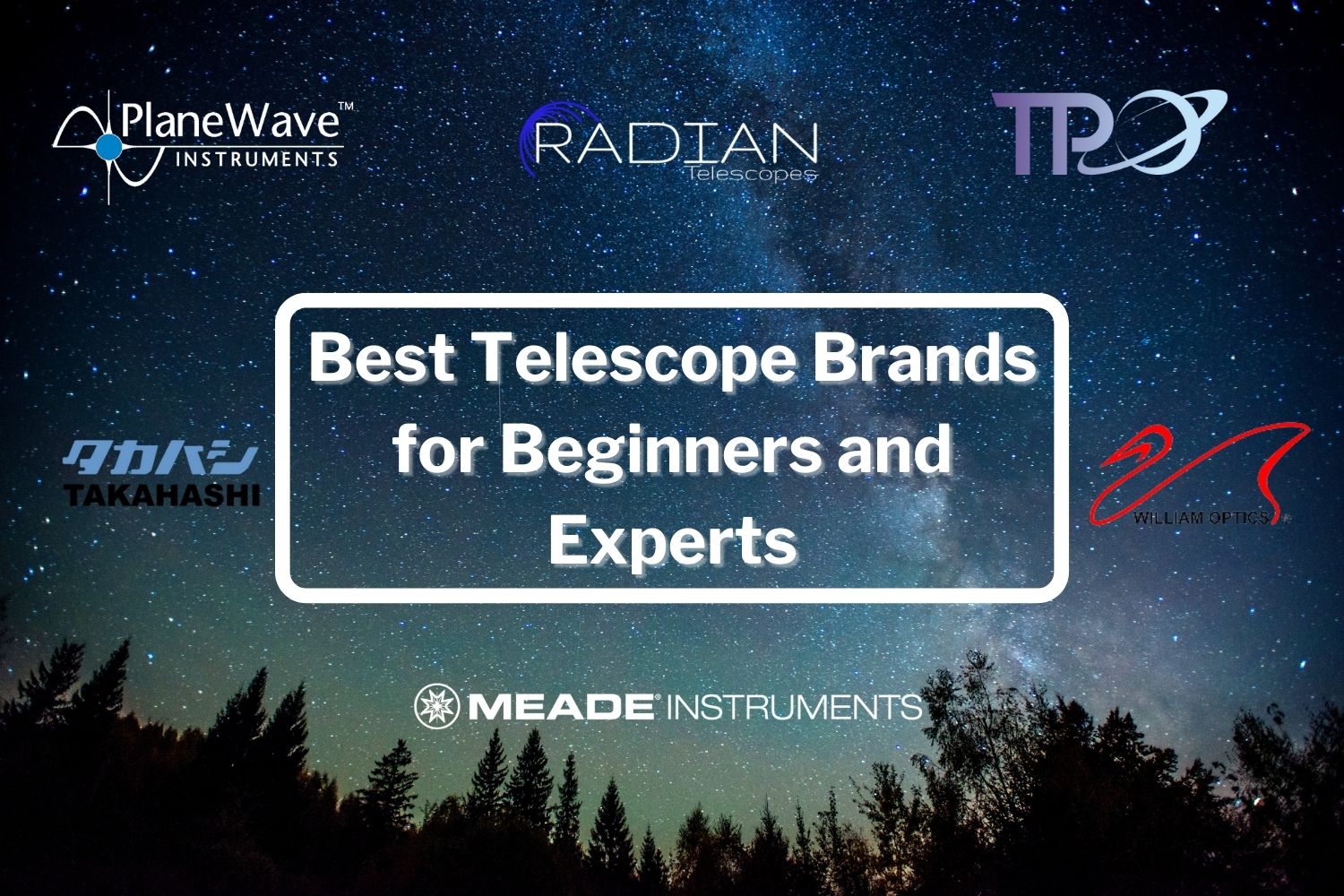
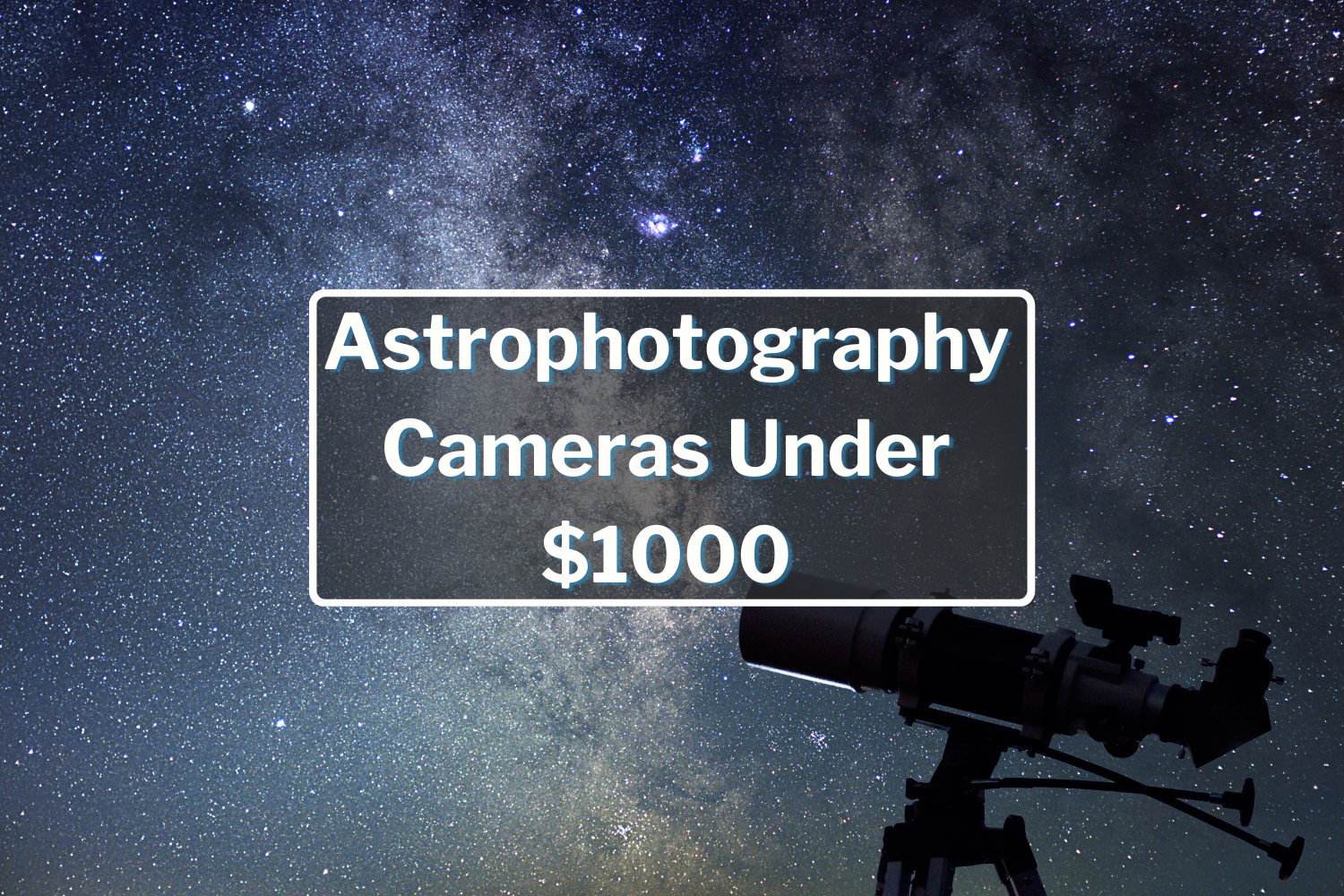
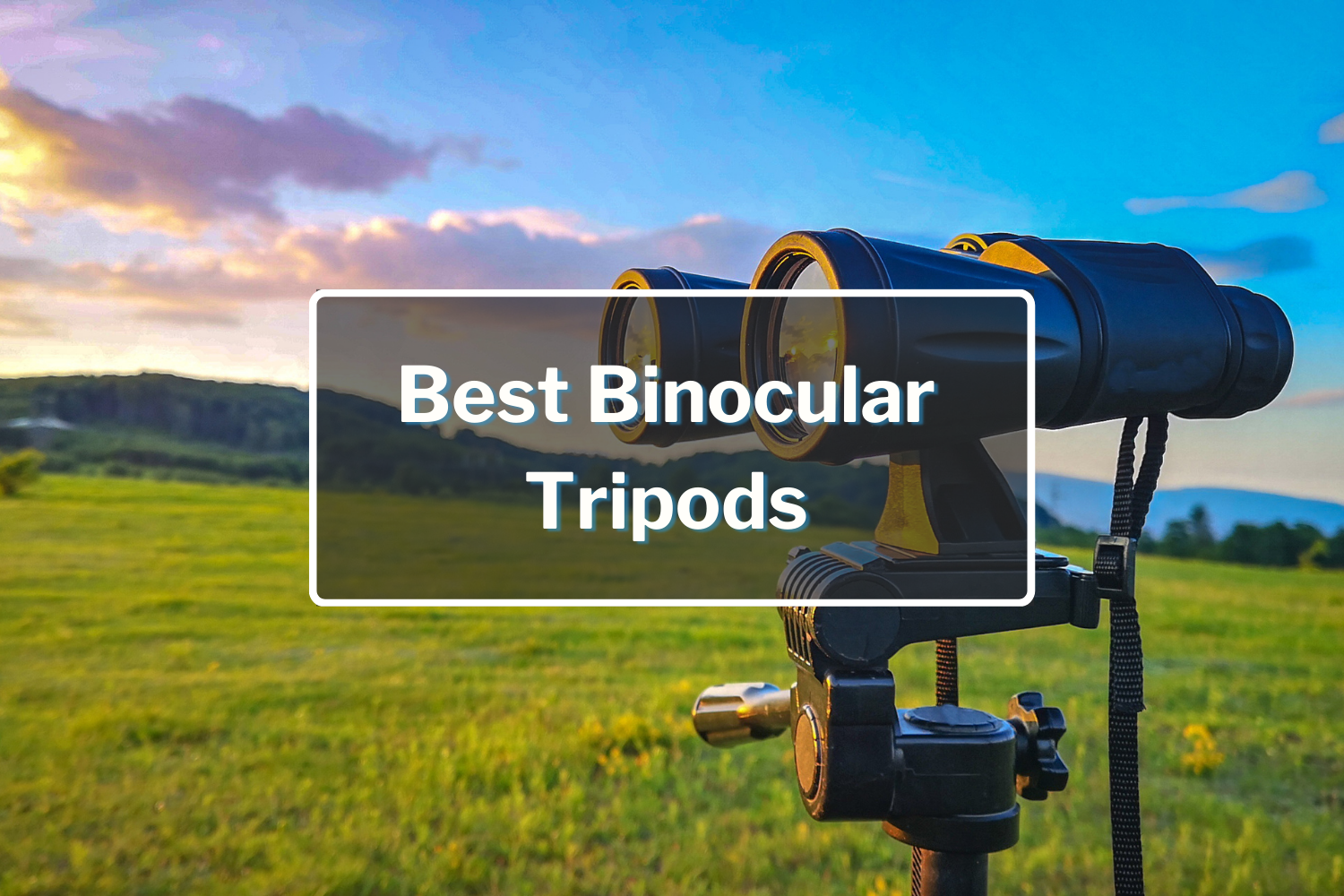
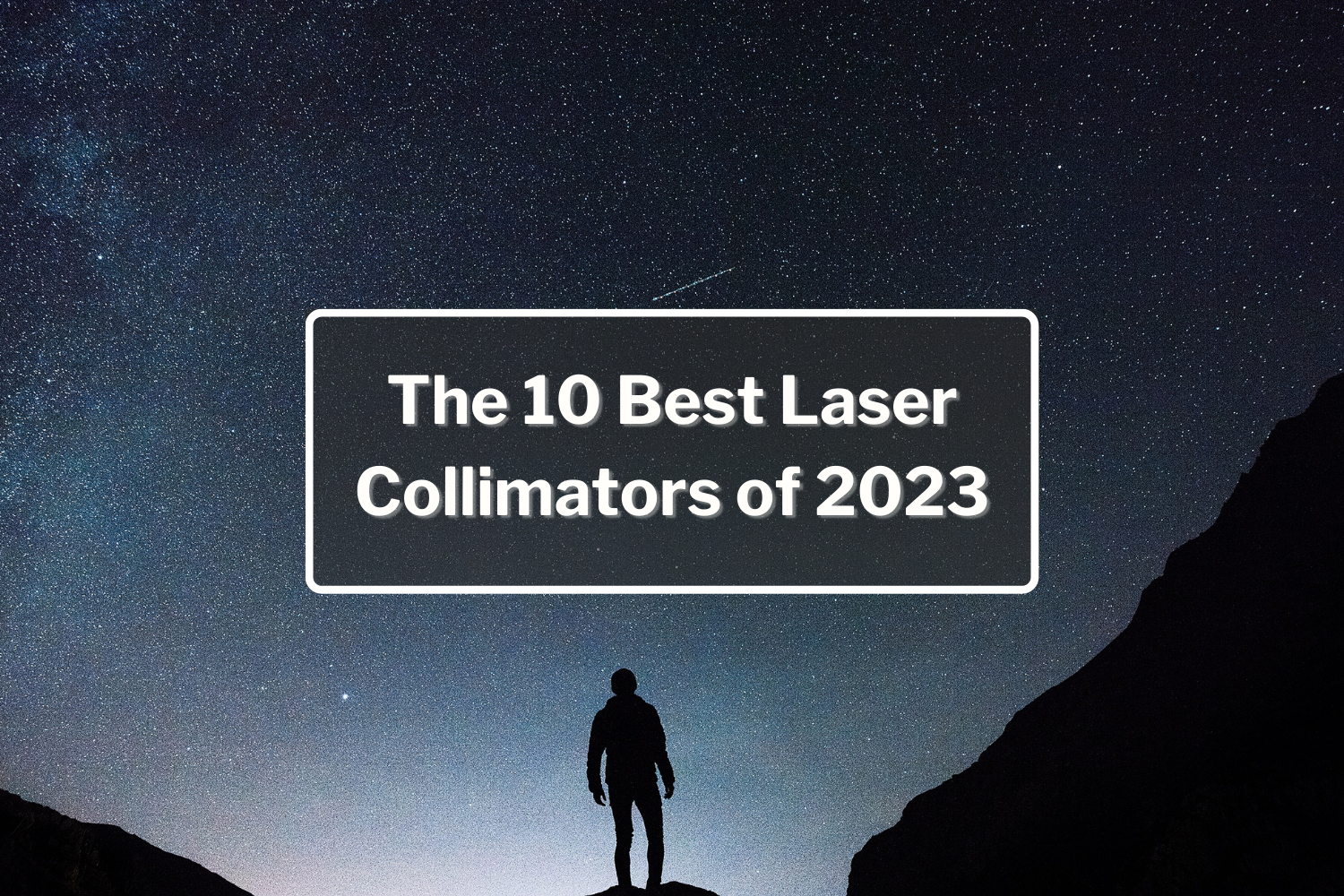
pieters
March 19, 2023
Dear Partner
We have 100 set stock of telescope basic type (in Hong Kong)
Contact us for info
JasanOffice@yahoo.com